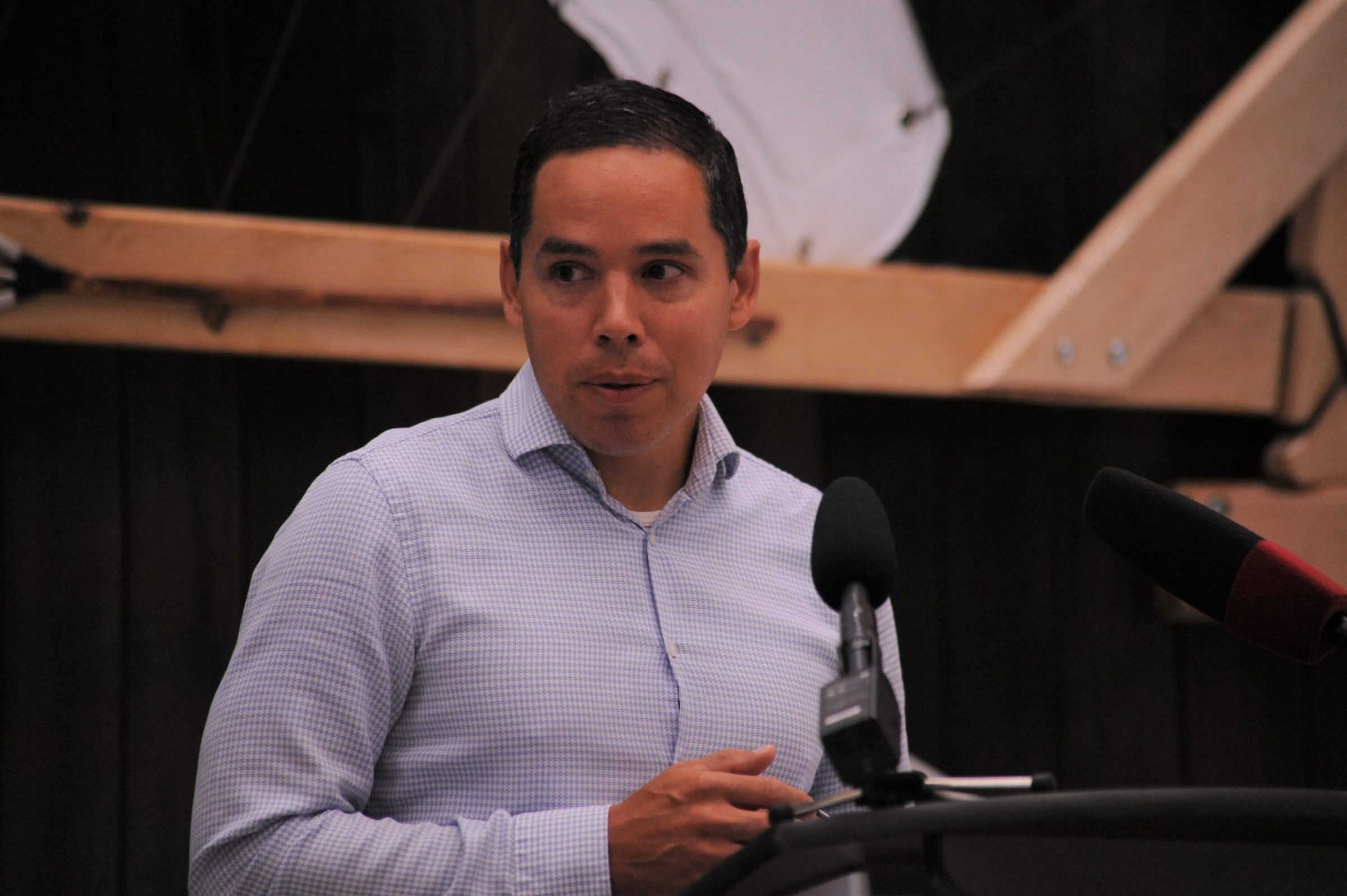Why is there an explosion of Inuit growth in Canada outside the North?
The answer not so simple, says ITK president Natan Obed.

The Inuit population outside of Inuit Nunangat is growing at a faster pace than within the Inuit homeland, according to 2021 census data.
But gaining a clear picture from that data — and what impact that could have on programs and policies for Inuit — presents a challenge, says Inuit Tapiriit Kanatami president Natan Obed.
In September, Statistics Canada released census data showing the Inuit population outside Inuit Nunangat grew from 17,695 in 2016 to 21,825 in 2021 — a 23.3 percent increase over five years.
By comparison, growth within Inuit Nunangat was just three percent during the same period when the population increased from 47,335 to 48,965.
However, Obed said the picture these numbers paint is muddier than it might appear at first glance.
“Yes, there are many Inuit who are living outside of Inuit Nunangat. But we still don’t have a definitive understanding of the stats we are seeing based on the recent release,” he said.
One reason could be that there are more Canadians outside the Inuit homeland who are claiming Inuit heritage over the past 10 years but are not beneficiaries of land claims, according to Obed.
This trend is seen most in southern Labrador and the north shore of southern Quebec.
For example, while the census data may include Inuit living in NunatuKavut, the region in southern Labrador, ITK does not recognize that population as part of its Inuit collective in the same way it recognizes those who have a connection to the regions of Inuit Nunangat, which are Nunavut, Nunavik, Nunatsiavut and Inuvialuit.
Deciding who is part of ITK’s Inuit collective impacts the way the organization creates policy, and the way Inuit-specific federal programs are funded. It could also affect conditions for Inuit-specific land claims settlements, Obed said.
“It’s not easy,” he said. “And it is only recently that it has been a good thing to be an Indigenous person in Canada.”
Despite challenges in interpreting census data on the Inuit population, Obed said ITK has been working with Statistics Canada over the past 10 years to improve the Inuit-specific parts of the census.
In an email, Statistics Canada told Nunatsiaq News that on top of asking people whether they identify as Inuit, Métis or First Nations, the 2021 census also asks whether that person is enrolled or a beneficiary in an Inuit land claims agreement.
Obed said ITK is working to create an urban Inuit task force to be “more in touch with and more respondent to the needs of Inuit who live outside Inuit Nunangat.”
He acknowledged some Inuit are leaving Inuit Nunangat, possibly due to a lack of housing, health care or job opportunities or they could be pursuing positive opportunities as well.
“It isn’t just a negative story, but there certainly are negative aspects to it,” Obed said of the movement of Inuit out of Inuit Nunangat.